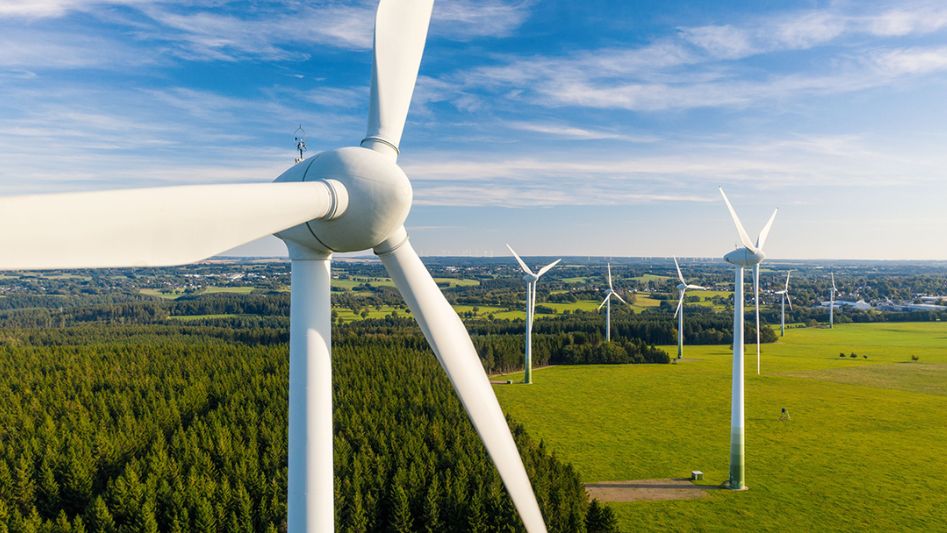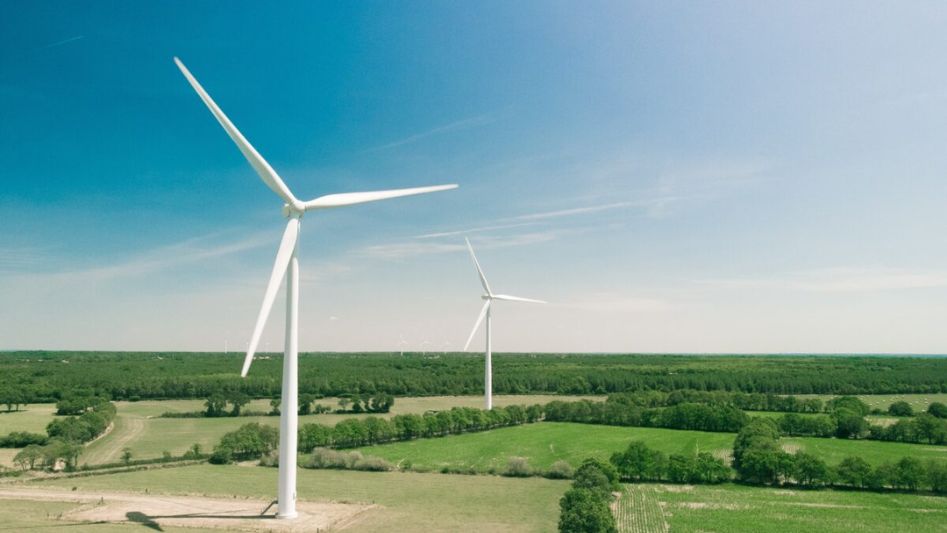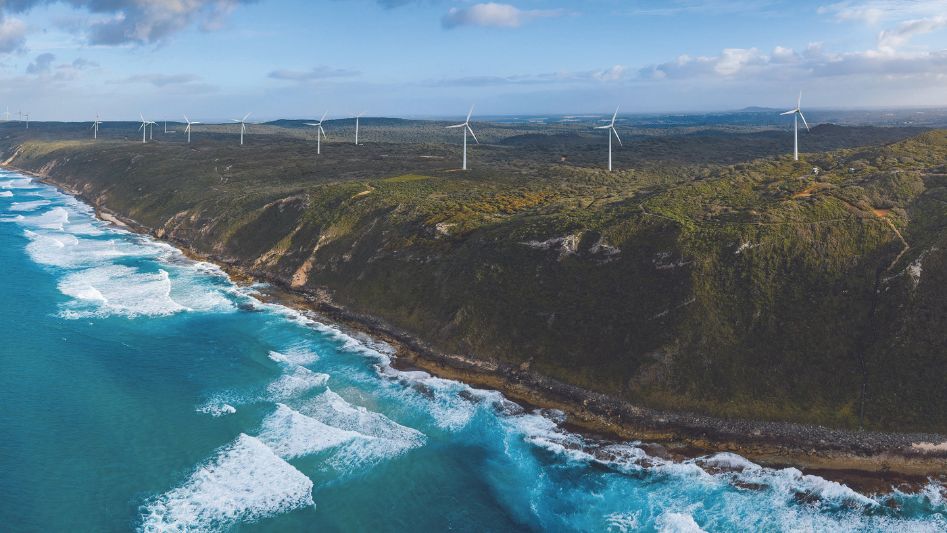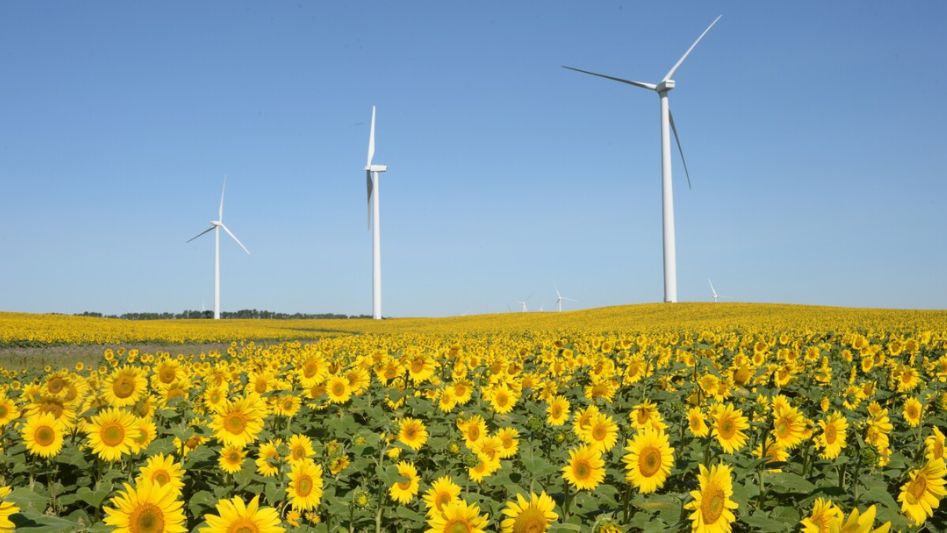As the global community grapples with the pressing issue of climate change, it becomes increasingly clear that urgent action is needed to reduce greenhouse gas emissions. One key solution on the renewable energy front is wind power, harnessed through wind turbines. In this article, we will explore how wind turbines are playing a pivotal role in mitigating CO2 emissions and their significance in the fight against climate change.
Table Of Content
We invite you to read: “Challenges and Solutions in Modern Wind Energy Production”

The Climate Change Challenge
Climate change, driven primarily by the accumulation of greenhouse gases such as carbon dioxide (CO2) in the atmosphere, poses a severe threat to the planet. Rising global temperatures, extreme weather events, melting ice caps, and disrupted ecosystems are just a few of the consequences. To combat this crisis, we must significantly reduce our reliance on fossil fuels, which are the primary source of CO2 emissions.
Wind Power: A Sustainable Alternative
Wind power has emerged as a sustainable alternative to fossil fuels for electricity generation. Wind turbines are designed to capture the kinetic energy of moving air and convert it into electricity. This technology has several advantages that make it a crucial tool in the fight against climate change:
1. Zero Emissions
One of the most significant advantages of wind power is that it produces no direct greenhouse gas emissions during electricity generation. Unlike coal, natural gas, and oil, wind turbines do not burn fuel, which means they do not release CO2 or other pollutants into the atmosphere. This makes wind power a clean and environmentally friendly energy source.
2. Abundant and Renewable
Wind energy is virtually limitless. Wind is a naturally occurring phenomenon, and as long as the sun continues to shine and the Earth rotates, we will have access to wind energy. This makes wind power a sustainable and inexhaustible resource, in stark contrast to finite fossil fuels.
3. Energy Independence
Investing in wind power helps reduce a nation’s reliance on imported fossil fuels, enhancing energy security. Countries that embrace wind energy can reduce their vulnerability to fluctuations in global energy markets and geopolitical tensions associated with fossil fuel resources.
4. Job Creation
The wind energy sector is a significant source of employment. Building, operating, and maintaining wind farms create jobs in construction, manufacturing, and technical support. These jobs often provide stable, well-paying employment opportunities in both urban and rural areas.
We invite you to read: “Solar Panels vs. Wind Turbines: Which Renewable Energy Source Wins?”

Wind Power’s Impact on CO2 Emissions
Wind power’s role in mitigating CO2 emissions is substantial and continues to grow. Here’s how:
1. Carbon-Free Electricity
By generating electricity without emitting CO2, wind power directly reduces carbon emissions from the power sector, which is one of the largest contributors to greenhouse gas emissions globally. As wind energy capacity increases, the carbon footprint of electricity generation decreases.
2. Coal and Gas Replacement
Wind power can replace fossil fuel-based power generation, particularly coal and natural gas. As wind farms expand, they can displace the need for carbon-intensive power plants, further reducing CO2 emissions.
3. Integration with Energy Storage
Advances in energy storage technologies, such as batteries, enable wind power to provide reliable and consistent electricity even when the wind isn’t blowing. This ensures a consistent reduction in CO2 emissions, as wind energy can be used to balance the grid.
4. Grid Decarbonization
Wind power’s growth is often coupled with grid decarbonization efforts. Renewable energy mandates, carbon pricing, and policies incentivizing clean energy integration into the grid all contribute to a reduced carbon footprint in the energy sector.
Challenges and Considerations
While wind power offers immense promise in the fight against climate change, several challenges and considerations must be addressed:
1. Intermittency
Wind power generation is intermittent and depends on weather conditions. To ensure a stable energy supply, grid infrastructure and energy storage solutions need to be developed and improved.
2. Environmental Impact
The construction and operation of wind turbines can have environmental impacts, including habitat disruption and bird and bat collisions. Careful site selection and ongoing research are crucial to minimize these effects.
3. Aesthetic Concerns
Some individuals and communities may object to the presence of wind turbines due to aesthetic concerns. Balancing these concerns with the need for renewable energy is an ongoing challenge.
We invite you to read: “Sunlight to Kilowatts: Unveiling the Science Behind Solar Panels”

Conclusion
Wind turbines play a vital role in mitigating CO2 emissions and combating climate change. Their ability to generate clean, renewable energy with no direct greenhouse gas emissions makes them a critical component of a sustainable energy future. As technology advances, addressing challenges like intermittency and environmental impact will become increasingly important. Nevertheless, the continued expansion of wind power is essential if we are to transition to a low-carbon, sustainable energy system and avert the worst consequences of climate change.
FAQs
How do wind turbines generate electricity?
Wind turbines generate electricity by harnessing the kinetic energy of wind and converting it into electrical power through the rotation of their blades.
Are wind turbines completely carbon-free?
Wind turbines themselves produce no carbon emissions during operation, but there are emissions associated with their manufacturing and installation.
What challenges do wind power systems face?
Challenges include intermittency due to wind variability, potential environmental impacts, and aesthetic concerns in some communities.
Can wind power replace fossil fuels entirely?
While wind power can replace a significant portion of fossil fuel-based electricity, a mix of renewable energy sources is often needed for a reliable energy supply.
You May Also Like
- Economic and Environmental Impacts of Offshore Wind Turbines
- Wind Turbine Technology: A Deep Dive into Blade Designs and Materials
- Wind Turbines Around the World: A Global Perspective on Wind Power
- Sailing Towards Sustainability: The Rise of Offshore Wind Farms
- The Aerodynamics of Efficiency: Innovations in Wind Turbine Design

